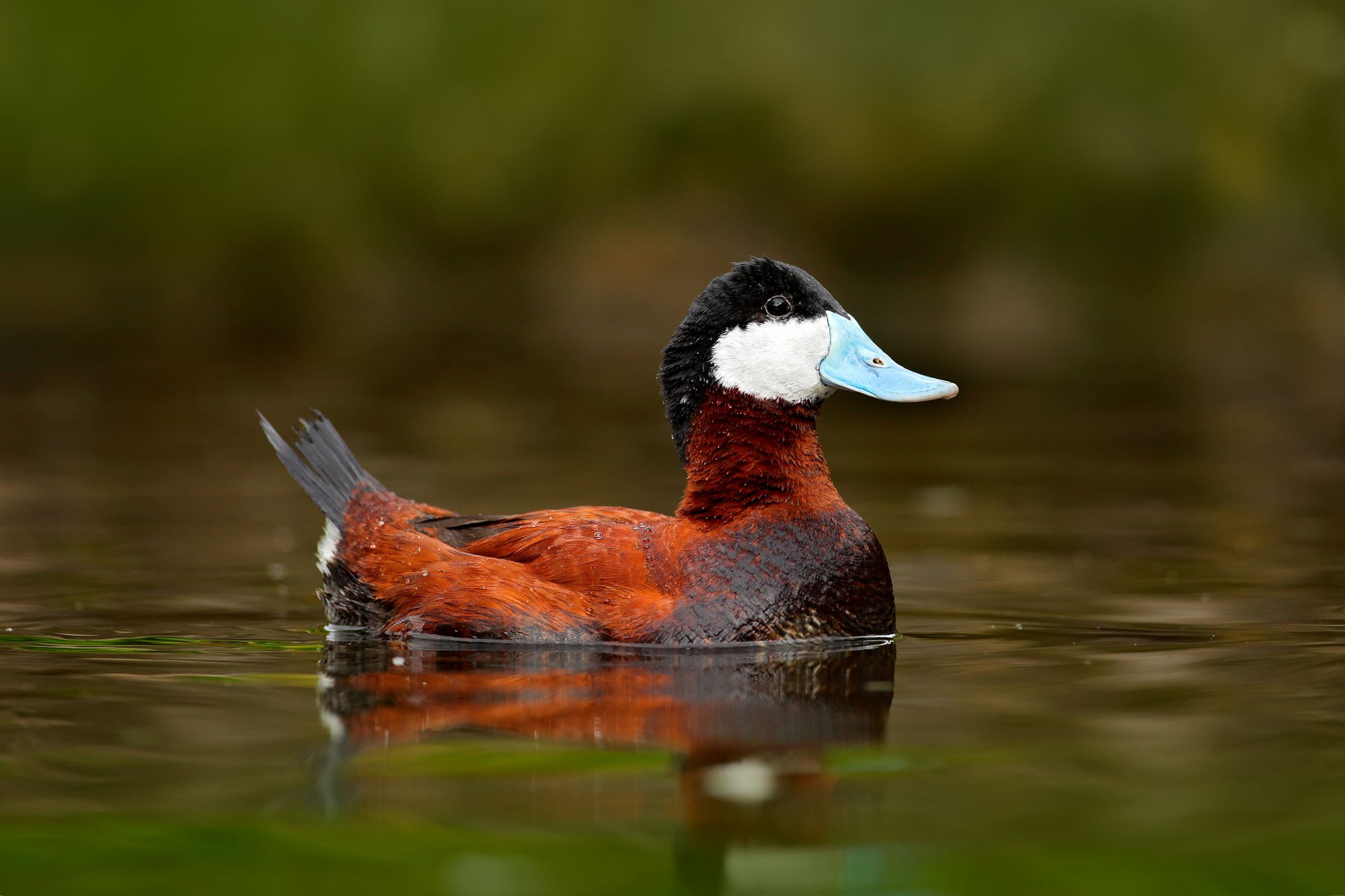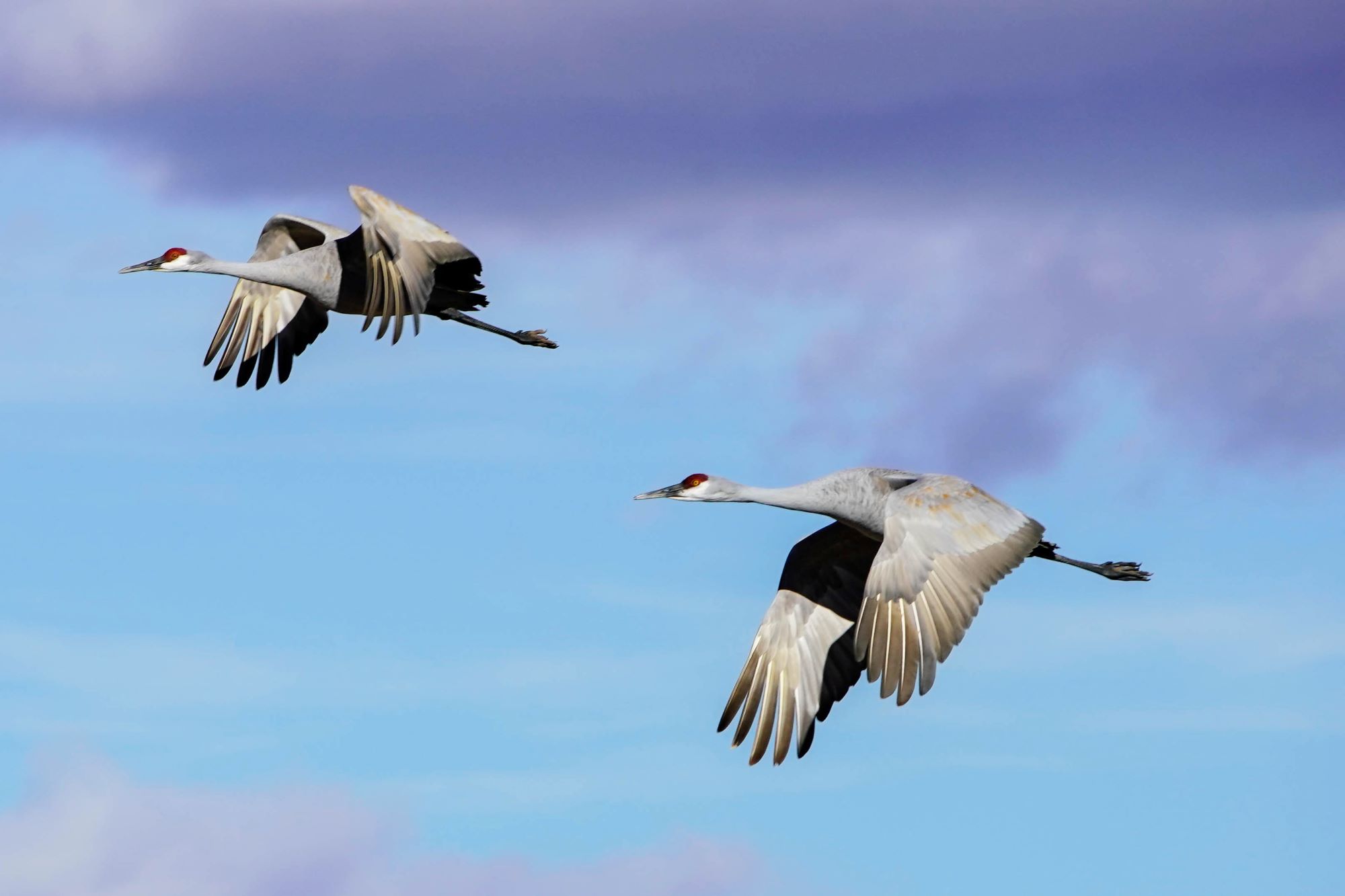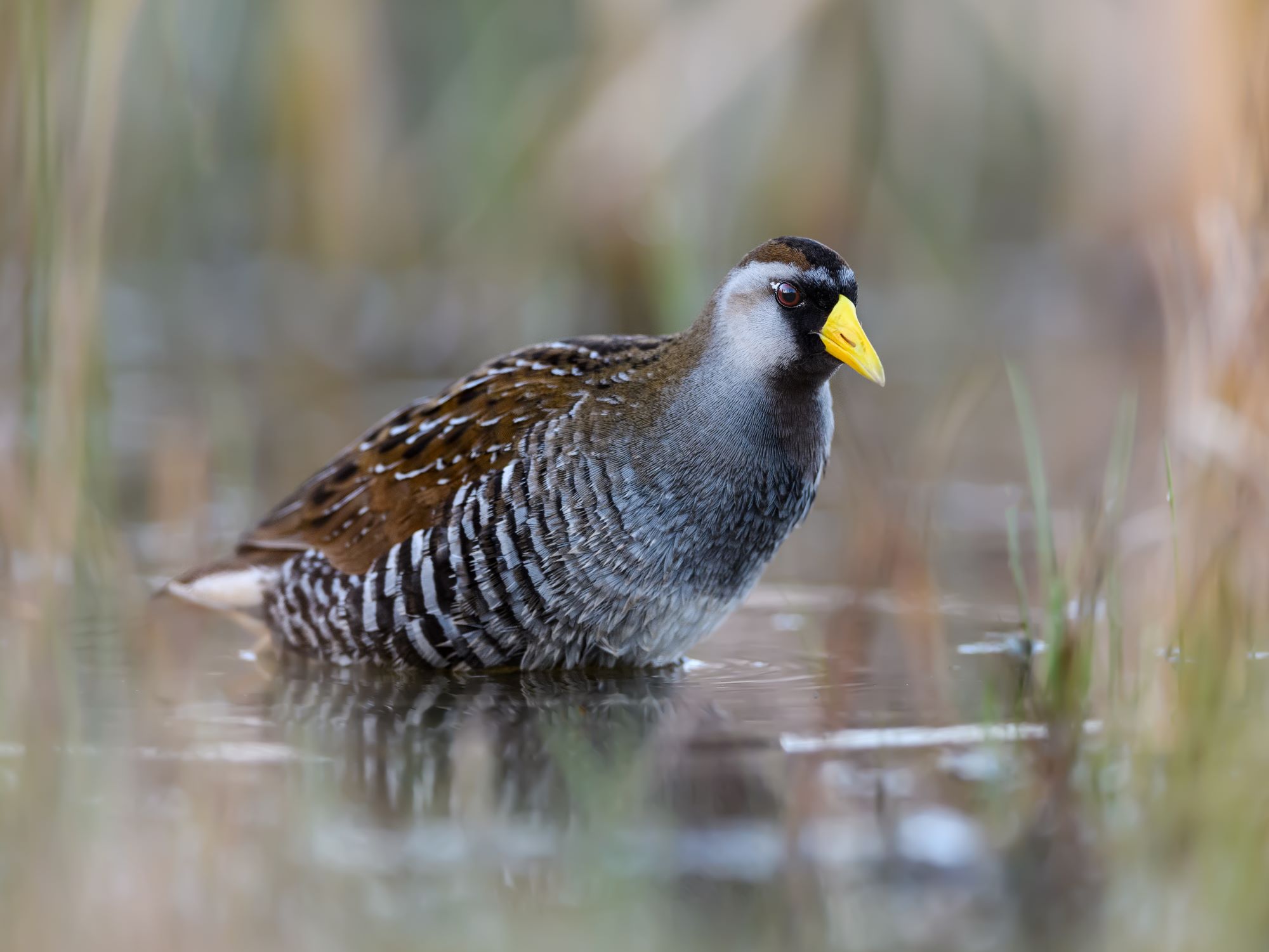
Birds in Utah
Utah's avian diversity is remarkable, reflecting the state's varied landscapes that range from arid deserts to verdant wetlands and rugged mountains. This diverse geography makes Utah a haven for a wide array of bird species, each adapted to different ecological niches. The state's location along the Pacific Flyway, a major north-south migration route for birds in America, further enhances its status as a critical habitat for numerous migratory species.
Among the most prominent bird habitats in Utah are the wetlands, especially the Great Salt Lake, which is one of the most important inland bird sanctuaries in North America. These wetlands provide crucial breeding and feeding grounds for millions of migratory waterfowl, shorebirds, and songbirds. Species like the American Avocet, Wilson's Phalarope, and the Snowy Plover depend on these saline and freshwater marshes for sustenance during their long migratory journeys. The lake's unique ecosystem, with its abundant brine shrimp and other invertebrates, offers an ample food source for these birds.
In Utah's desert and arid regions, birds have adapted to the harsh conditions with remarkable resilience. Species like the Greater Sage-Grouse, Pinyon Jay, and various species of hummingbirds thrive here. The Greater Sage-Grouse, for example, is notable for its intricate mating dances performed in sagebrush habitats. The state's desert areas also provide critical habitat for raptors, including the Golden Eagle and various species of hawks, which are drawn to the open landscapes for hunting.
The mountainous regions of Utah, including the Wasatch and Uinta ranges, support a different avian community. High-altitude species like the Clark's Nutcracker, Mountain Bluebird, and various species of woodpeckers are commonly found here. These mountain birds often have specialized adaptations for surviving in colder climates with varying altitudes. For instance, the Clark's Nutcracker has a mutualistic relationship with the whitebark pine, relying on the tree's seeds for food and playing a vital role in seed dispersal.
Conservation efforts in Utah play a crucial role in protecting these diverse bird populations. Initiatives include habitat preservation, research on bird migration and behavior, and public education programs. Challenges such as habitat loss due to urbanization, water diversion, and climate change pose significant threats to Utah's birdlife. Conservationists, bird enthusiasts, and government agencies collaborate to ensure that Utah's birds, from the common backyard species to the more elusive and rare, continue to thrive, maintaining the ecological balance and natural beauty of the state's landscapes.
Family Profiles:

Ducks: Utah's diverse habitats, ranging from expansive wetlands to riparian corridors, provide an ideal environment for a variety of duck species, making it a significant region for both resident and migratory ducks. The state's position along the Pacific Flyway, a major migratory route for North American waterfowl, adds to its importance as a stopover and breeding ground for many duck species. The Great Salt Lake, in particular, stands out as a critical habitat, offering vast, nutrient-rich wetlands that are essential for ducks during their migratory journeys.
Among the various species that frequent Utah's waters, some of the most commonly seen include the Mallard, Northern Pintail, and the Green-winged Teal. Mallards, recognizable by their iridescent green heads in males, are perhaps the most familiar and are found across a range of freshwater habitats. Northern Pintails, with their elegant, elongated bodies and distinctive white breast, prefer shallow marshes and lakes, where they feed on seeds and aquatic invertebrates. The Green-winged Teal, the smallest of the North American dabbling ducks, is also a frequent visitor, often seen in shallow ponds and marshes, dabbling for plant matter and small insects.
The health of duck populations in Utah is closely tied to the health of its wetlands and waterways. Conservation efforts are vital to ensure that these habitats remain intact and productive. This includes maintaining and restoring wetlands, managing water levels to simulate natural flooding, and controlling invasive plant species that can alter the ecological balance of these areas. Challenges such as urban development, agricultural expansion, and climate change pose threats to these habitats, making conservation efforts all the more critical. Utah's wetlands not only benefit ducks but also contribute to the overall biodiversity and ecological health of the region, supporting a wide range of other wildlife species and providing essential services like water purification and flood control.

Eagles: Utah serves as an important habitat for several eagle species, most notably the Bald Eagle and the Golden Eagle. These majestic birds of prey find Utah's varied landscapes, from its desert canyons to mountain forests and expansive wetlands, particularly conducive for nesting, breeding, and hunting. The state's rivers, lakes, and wetlands are especially crucial for the Bald Eagle during the winter months, providing ample food sources in the form of fish and waterfowl.
Bald Eagles, the national bird of the United States, are a winter visitor in Utah. They migrate to the state from northern regions, drawn by the open water bodies that remain unfrozen during the winter, such as those around the Great Salt Lake and various reservoirs and rivers. These areas provide ideal fishing opportunities for Bald Eagles, a species primarily dependent on fish for their diet. During their winter stay, Bald Eagles can often be seen perched majestically in tall trees or soaring over water bodies, scanning for their next meal. Their presence in Utah during the winter months offers excellent opportunities for birdwatching and photography, and it underscores the significance of maintaining healthy aquatic ecosystems.
The Golden Eagle, a year-round resident of Utah, is well-adapted to the state's more arid environments. These powerful raptors prefer the expansive, open areas of Utah's deserts and mountains where they can hunt for rabbits, hares, and other small mammals. Golden Eagles are known for their impressive size and hunting prowess, often seen soaring high in the sky on broad wings or perched in high vantage points. Conservation efforts for Golden Eagles in Utah focus on habitat preservation, particularly in the face of challenges such as land development and the impacts of recreational activities. These efforts are crucial to ensure that these majestic birds continue to thrive in Utah's diverse landscapes, contributing to the state's rich biodiversity and natural heritage.

Cranes in Utah
The Sandhill Crane is the primary crane species and plays a significant role in the state's avian ecology. These large, stately birds, known for their grey plumage and red forehead, are a spectacular sight, especially during their migration periods. Sandhill Cranes migrate through Utah in substantial numbers, using the state's wetlands as crucial stopover points to rest and feed during their long journeys between breeding and wintering grounds. The Great Salt Lake and its surrounding wetlands, in particular, provide an ideal habitat for these cranes, offering abundant food resources such as grains, invertebrates, and small vertebrates.
During the spring and fall migration seasons, the Sandhill Cranes' presence becomes a notable feature in Utah's landscapes, especially in the wetlands and agricultural fields where they forage and rest. These birds are renowned not only for their size and distinctive calls but also for their intricate social behaviors, including elaborate courtship dances that involve a series of bows, leaps, and wing flapping. In Utah, these cranes are often observed in large flocks, creating a remarkable wildlife spectacle that attracts birdwatchers and nature enthusiasts.
Conservation efforts for Sandhill Cranes in Utah focus largely on preserving and enhancing wetland habitats, which are vital for the survival of these migratory birds. The health of wetland ecosystems is critical, providing not only for cranes but also for a myriad of other species that depend on these habitats. Challenges such as habitat loss and degradation due to development, agriculture, and water management practices pose significant threats to these areas. Efforts to protect and restore these wetlands are crucial for ensuring that Sandhill Cranes continue to grace Utah's landscapes during their migration, highlighting the importance of these birds in the state's rich biodiversity and natural heritage.

Rails, Gallinules, and Coots in Utah
In Utah, the diverse wetland ecosystems provide an ideal habitat for a variety of bird species, including rails, gallinules, and coots, which are particularly fascinating due to their unique behaviors and adaptations. These birds are commonly found in marshes, swamps, and other wetland areas across the state, where they play vital roles in the ecosystem. Rails, such as the Virginia Rail and the Sora, are elusive birds, known for their secretive nature and preference for dense, marshy vegetation. They have slender bodies that allow them to navigate through thick reeds and cattails with ease. Their calls, often the only indication of their presence, echo through wetlands, particularly during the breeding season. Gallinules, including the Common Gallinule, are slightly more conspicuous with their distinctive red and yellow bills and frontal shields. They are often seen swimming in open waters of marshes or foraging along the water's edge. Gallinules are known for their 'walking on water' ability, where they use their long-toed feet to walk across floating vegetation.
Coots, particularly the American Coot, are more commonly observed and are known for their plump, dark bodies and white bills. Unlike ducks, coots have lobed toes rather than webbed feet, an adaptation that aids in swimming and foraging in their aquatic habitats. American Coots are often seen in flocks, floating on open water or foraging along muddy shores. They are more aggressive and social compared to rails and gallinules, often engaging in territorial disputes. During the breeding season, coots build floating nests anchored to underwater plants in marshes and ponds. These birds are omnivorous, feeding on aquatic plants, insects, and small aquatic animals.